Oak Savanna Restoration Plots
Restoring the
Savanna
We're bringing fields and farmlands back to their roots.
Back in the 1800s, oak savannas covered huge parts of the Midwest. Fast forward to today, and only about 0.02% of those original oak savannas are left. Most of what's left either degraded, threatened, or not quite like the pre-colonial savannas. We've planted oaks and prairie vegetation in two areas of old field—adding back bur oak (Quercus macrocarpa) and black cherry (Prunus serotina) saplings to complement the existing Hill's oak (Q. ellipsoidalis) at the site. But our work isn't done yet. We're still actively managing and preserving this area.
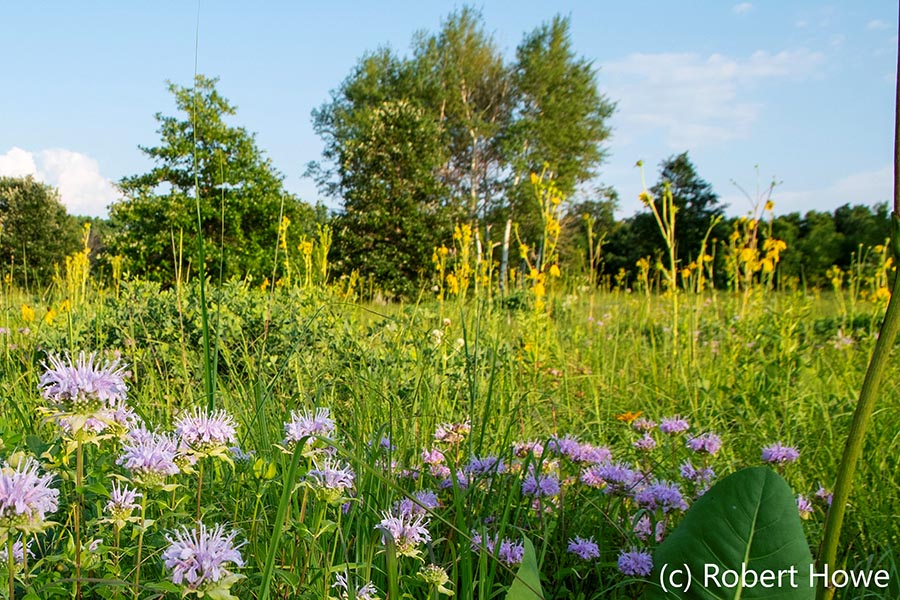
What is an Oak Savanna?
Imagine a beautiful, park-like landscape with scattered oak trees and open grassy areas—that's an oak savanna! These unique ecosystems are a mix between open grasslands and dense woodlands. The tree cover is key: if more than half the ground is shaded at noon in mid-summer, it's a forest. But with 5-30% canopy cover, it's a savanna, and 30-80% makes it a woodland. Oak savannas are special because they support a variety of plants and animals, thanks to the sunlight reaching the ground. This makes them a vital part of our natural heritage.
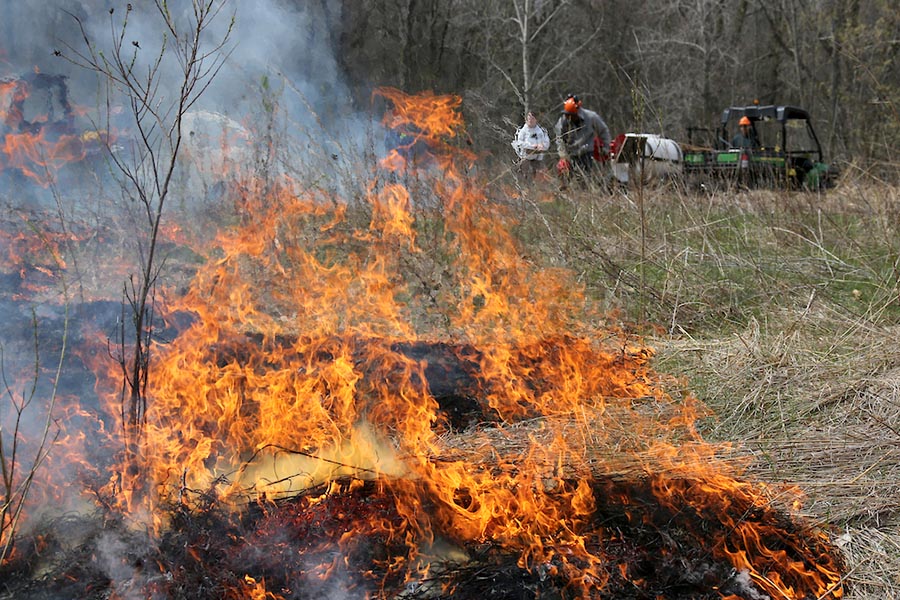
Fire Feeds It
Bur oak thrives through fire management.
Intermittent fire is essential for maintaining the health of a savanna. Because these trees can sprout from roots or stumps, they can survive even after a fire. Other oaks, like black oak, Hill's oak and white oak, also have this sprouting ability. The trees are spaced out, creating an orchard-like landscape with occasional clumps. Frequent, low-intensity fires help maintain an open understory without killing the canopy trees. However, higher intensity fires can stimulate sprouting in species like bur oak, leading to thickets of young plants among the grasses.
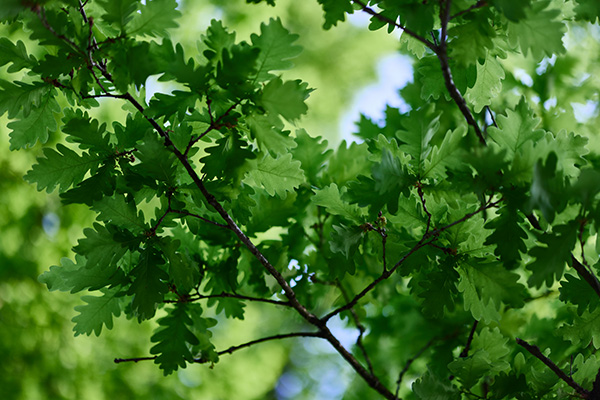
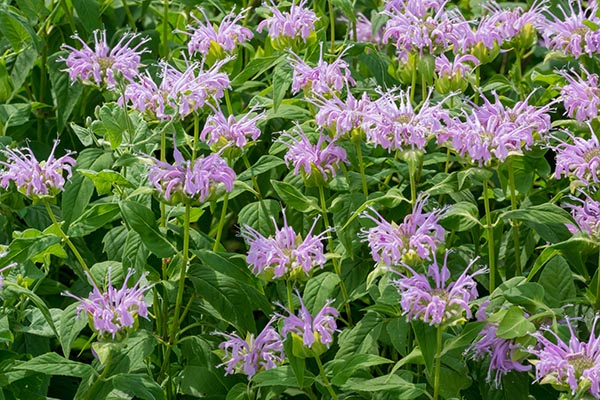
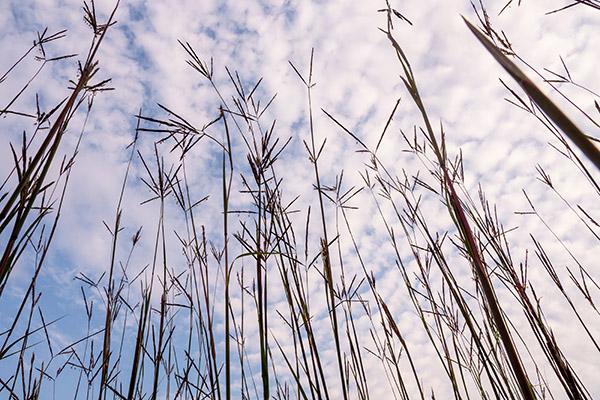
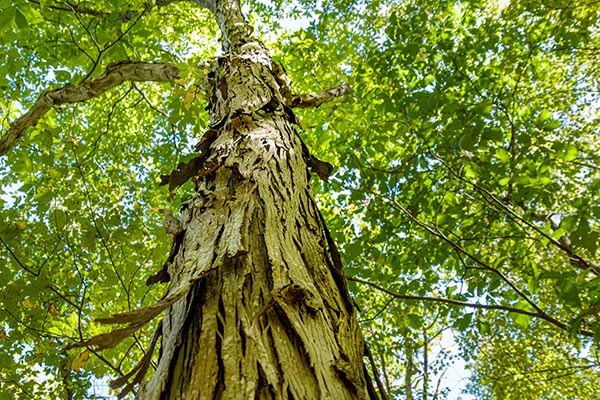
Not Just Oaks
A plethora of other plants populate the savanna.
An oak savanna is a "who's who" for plant life! Besides oaks, you'll find black cherry, shagbark hickory and large-toothed aspen trees. The understory is a lively mix of herbs, sedges, shrubs and grasses from both prairies and open forests. Some standout grasses include big bluestem, little bluestem, yellow prairie grass and porcupine grass. Forbs like flowering spurge, wild bergamot and shooting star add to the diversity. Rosaceous shrubs are also quite common in these Midwestern savannas. The variety of understory plants changes depending on how open the area is and the soil moisture. It's like nature's own botanical garden—always full of surprises!

Meet Your Guide
Meet Andrew LaPlant, UW-Green Bay alum and Natural Areas Manager. In addition to leading ecological restoration efforts, he also facilitates outdoor classroom experiences for students. If you have questions about the Oak Savanna Restoration Plots, he can help!